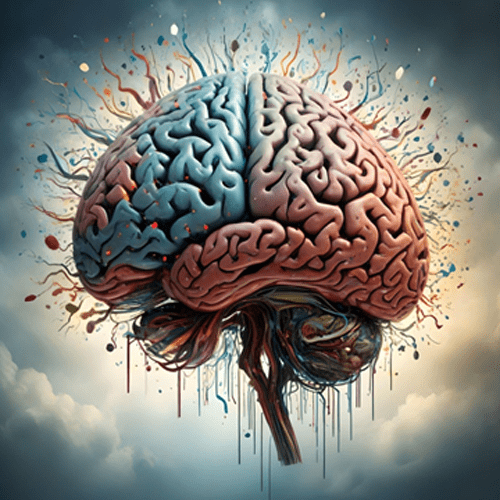Demystifying Neurodiversity
In the last couple of years, Diversity and Inclusion have become catchphrases which are employed across every imaginable sphere of life. Their use has been rapidly integrated into the corporate sectors and in academia as well. And while this makes perfect sense, since the differences in the way people view the world start getting manifested more during their adolescence and young adulthood; it is also important to understand what it is that we are rooting for.
Neurodiversity in particular can throw up a plethora of questions in the minds of many since it encompasses a pretty large canvas. And as a mother of a neurodivergent child, I had my own learning curve when I needed to understand the many hues that this term embodies and what it boils down to when understanding how to nurture my child in the background of that divergence.
One can say that since everybody’s brains work in different ways, we are all “neurodiverse”; we all find some things easier to do than others and similarly, some things are harder as well.

The opposite of being neurodiverse is being “neurotypical” which essentially means that these individuals have brains that function in the way the majority of their peers’ do. They aren’t clones of each other but look at and understand the world and the people around them in a similar way.
A neurodiverse individual understands the world in a different manner than his or her peers do. They often have increased sensitivity to sound, places, smells, touch and their experience of the world around them changes accordingly. Their brains are wired differently and often their experiences are beautiful, mystical and very surprising to many of us. The difficulties they sometimes face in expressing themselves or being understood in a manner they would like to, arises from them not being able to communicate their view of the world to others around them.
Simply put- neurodivergence is a cognitive difference and not a disease or a disorder. While many neurodivergent people have other diagnoses like Autism, Attention Deficit Hyperactivity Disorder (ADHD), Specific Learning Disability (SLD) et al, at the end of the day being respectful of their differences is the cornerstone of what is needed to help them find their way in the world.
And Sreenidhi does this with a quiet aplomb. By being open to and welcoming the neurodivergence that exists amongst the student body and the academic community overall.
By conducting assemblies, workshops and jam sessions that educate, empower and sensitize people to the presence of those who may be quirky, idiosyncratic or just out and different from the “normal” that most are used to; the school is taking strides in establishing the space that the neurodivergent individuals occupy.
This is done in many ways viz
. Allowing a child with sitting tolerance issues to get up and move around every few minutes during an on-going class
. Permitting noise-canceling headphones in class if the noise levels are uncomfortable for some
. Starting classes with music and meditation for a smoother and calmer start of the school day
. Creating Individualized Education Programs (IEPs) for those who need different avenues for demonstrating their learning et al.
Sreenidhi is a place where acceptance and wellbeing are buzzwords that are truly embodied and practiced.
So, who then are the neurodiverse and what do they bring to the table? Well, imagine a world without scientists like Albert Einstein and Charles Darwin or amazing artists like Michelangelo and Andy Warhol; entrepreneurs like Richard Branson and Bill Gates; musicians like Justin Timberlake or Billie Eilish; amazing actors like Sir Anthony Hopkins, Emma Watson and Daniel Radcliffe!
Their achievements speak loud and clear and make it evident that a diagnosis is just a part of what makes up a human being. They made their diversity their strength and made it work for them.
Author Name : Ms Ayanti Reddy
(Proud Parent of Siddharth Reddy, (MYP4 ))